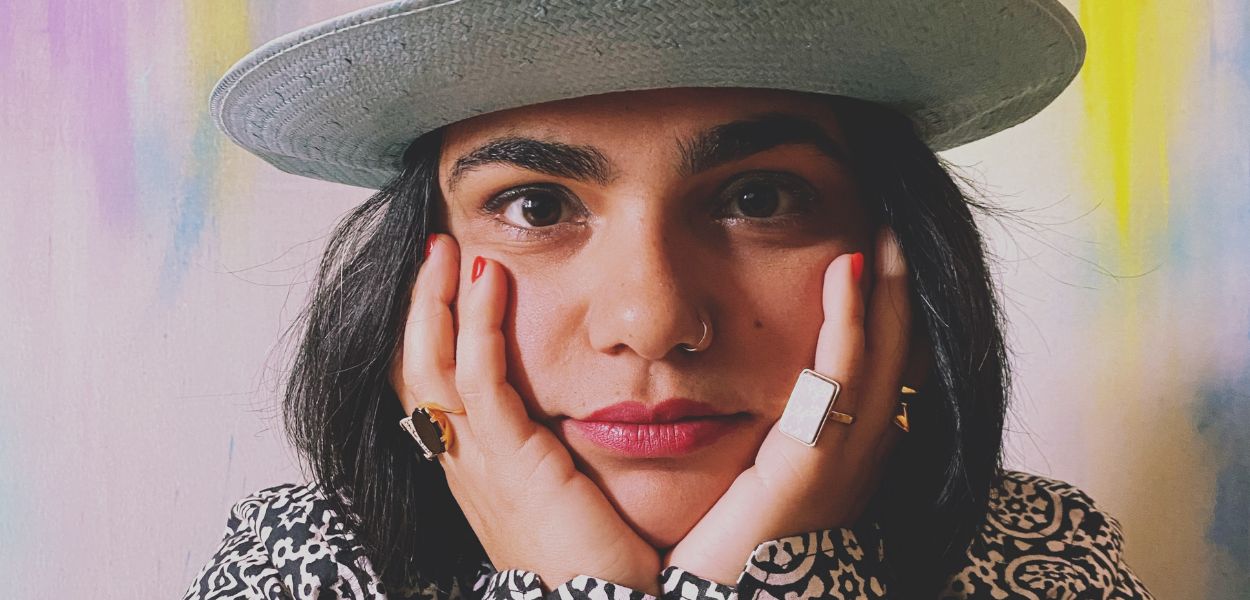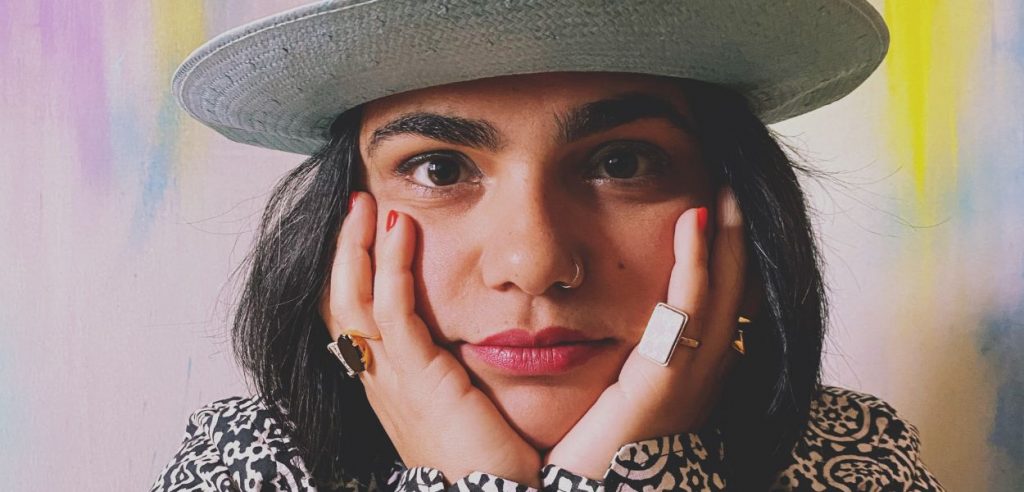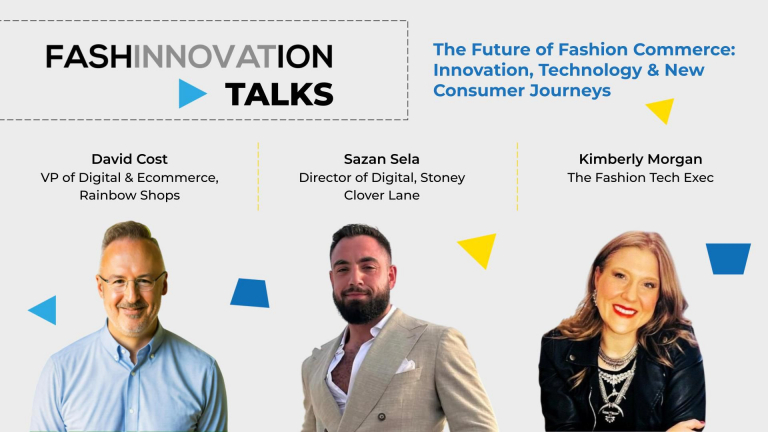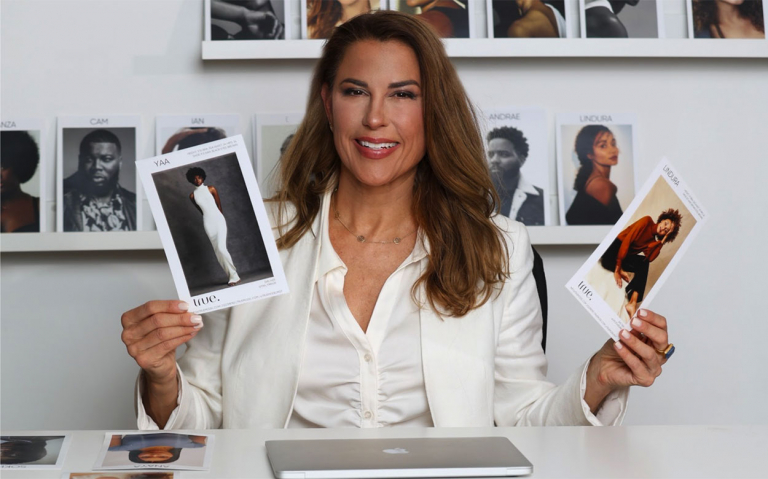Istani was born as a love letter to those whose cultures straddle the divides of time and space.
I was born in Pakistan, spent my formative years in NYC and started traveling alone, at the ripe young age of nineteen. I spent my mid to late-twenties building a robust career in the New York City non-profit industry. But then I gave it all up in 2017 to travel once again and fuel my creativity. It is around this time that Istani was born as a love letter to those whose cultures straddle the divides of time and space.
The Beginning
I immigrated to New York City with my family in 1999 when I was just ten years old. Two years later, the 9/11 tragedy occurred. It defined much of my sense of self as a young South Asian American. The wars that ensued in Afghanistan and Iraq embroiled Pakistan and the diaspora into them too.
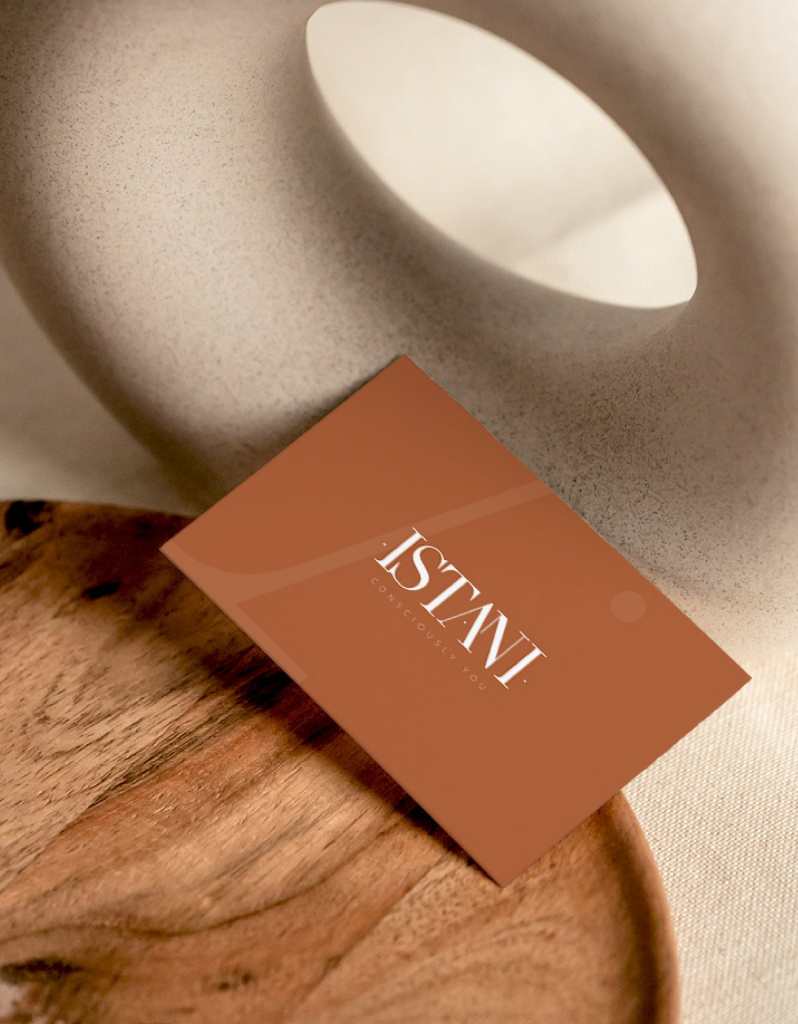
I felt the tension of the political events in my day-to-day life. I spent a lot of my time explaining myself and my heritage to others, what is Pakistan, where is Pakistan, we are South Asians and not Middle Eastern, we spoke Urdu (and a multitude of other local languages), not Arabic. So it was at times a geography lesson, at times history, at times culture.
I was lucky enough to be in New York City, where most people were receptive and curious enough about having these conversations. In other words, it is a place that has inspired my own love of learning about other cultures and traveling to new places.
It made sense that when I grew disillusioned with my non-profit career in 2017, I packed my bags and headed to Guadalajara, Mexico. And it was with a one-way ticket. It would be my first time in Guadalajara, my first time in Mexico. During this time of transition, a chance WhatsApp message from a family member in Pakistan sowed the seeds of what Istani has become today.
Connecting with family in Pakistan gave me firsthand access to local workshops and craftsmen that are working hard to produce beautiful garments using a natural dying process. It was a textile that I was familiar with growing up in Pakistan. But I wasn’t aware of the depth of history, tradition, and indigenous knowledge it carried.
How a Pakistani Brand Owner Started Istani
I began to dig deeper into the art form and learn more about this sustainable textile production process. I was in awe of the longstanding tradition; the earliest indications of Ajrakh date back to the Indus Valley Civilization (2500 BCE), which flourished on the banks of the life-giving Indus River. And the Indus River continues to play a large role in the production and the timelessness of the practice. For as long as Ajrakh printing has existed, the fabric washing happens in the river or one of its tributaries.
There is an intimate connection to nature in the Ajrakh creation process. The first step in the process is immersing the fabric in a copper vat. Followed by adding a mixture of castor oil, sodium carbonate, and camel dung. It helps the textile pores open up, purify, and prepare for the coming printing process. This step takes about three nights. Then the fabric is laid out to dry in the sun to allow the mixture to bake into the cotton or silk being used. After this, the textile is taken to the river to be washed.
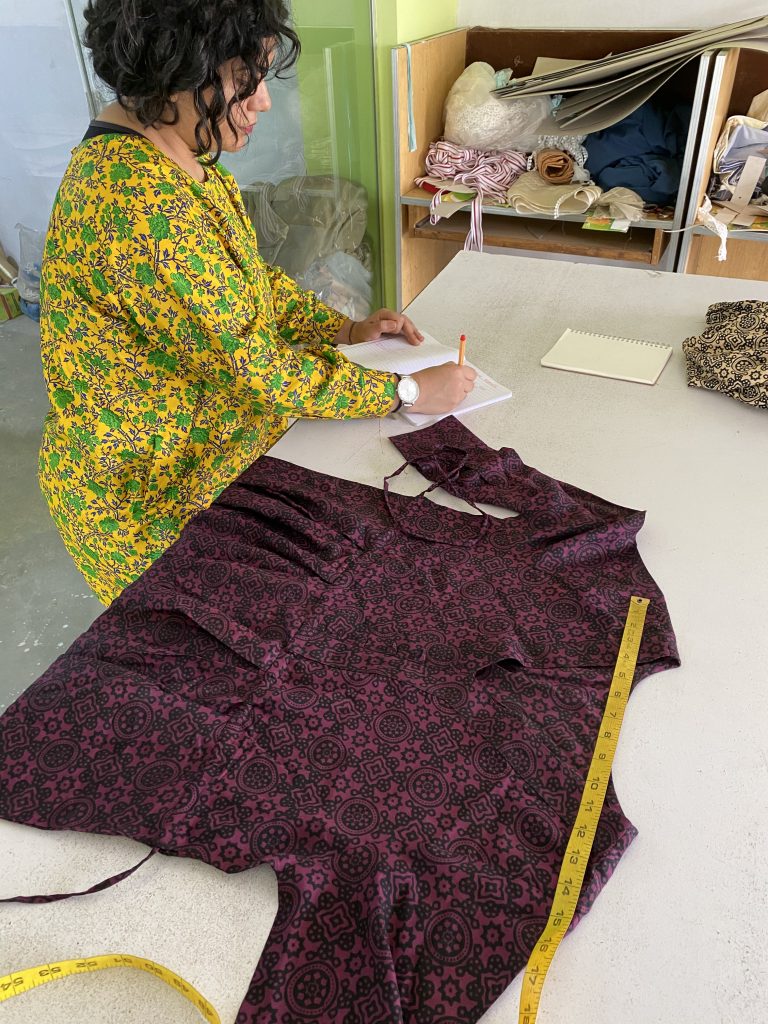
Once these three preparatory steps are completed, the next 14-16 steps and ingredients depend on how intricate the selected pattern and print are. Some common ingredients are used to help the textile take on certain colors or for resist printing processes. They are: sakun (a mixture of alum powder, molasses, dried lemons and water), almond resin, and dried camel dung and ground plum pits.
An Inspiring Story
So the deeper I dug, the more curious and interested I became. I was inspired and moved to do my part to preserve and uplift this ancient art form. After nearly a year in magical Mexico, I returned home to New York City and established Istani in 2019. I had no formal fashion or design education. But with a whole lot of heart, passion, and commitment, I launched my first series of unisex shirts in 2019. I have since pivoted to designing for women. Even though creating fashion beyond gender remains an aspiration that I will return to one day, as a self-taught designer it became more practical to focus on one specific audience.
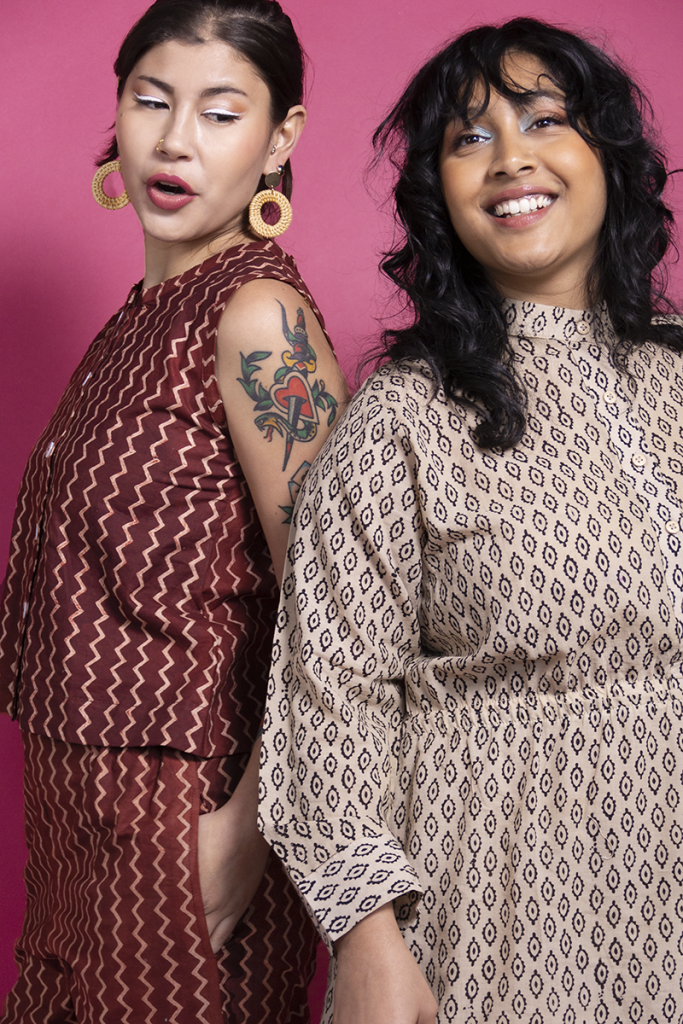
Therefore, my story is not a traditional trajectory and that makes a whole lot of sense to me. The pre-teen, post 9/11 years instilled in me a yearning for belonging. Travel experiences throughout my life have kept me curious about global heritage. The years spent working in the nonprofit world showed me the right and wrong ways to make a community impact.
In conclusion, I am excited to have the opportunity to go back in time and across space to bring Ajrakh alive and beyond borders.
Like this article? Then read this one: Celebrating Uniqueness: the Difference Between Diversity & Inclusivity
* Written by Tehmina Brohi, Founder of Istani.
Editor’s Note: The opinions expressed here by Fashinnovation’s columnists are their own, not those of Fashinnovation.
